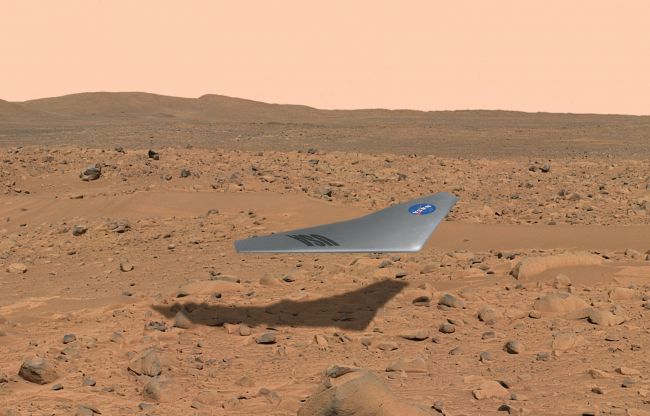Latest Mission To Mars Has Been Suspended Following Leak
NASA’s Interior Exploration using Seismic Investigations, Geodesy and Heat Transport, or InSight, spacecraft was scheduled to launch to the Red Planet in March 2016. So what is this instrument for?
“It’s not a disaster”, said Bruce Banerdt, InSight’s principal investigator at NASA’s Jet Propulsion Laboratory in California. A decision on a path forward will be made in the coming months, but one thing is clear: “NASA remains fully committed to the scientific discovery and exploration of Mars”.
“It’s a hard blow”, CNES president Jean-Yves Le Gall told Agence France-Presse.
Because of the leak, the seismometer couldn’t retain vacuum conditions necessary to take readings.
NASA’s next mission to Mars has been grounded, the U.S. space agency announced on Tuesday.
This August 2015 artist’s rendering provided by NASA/JPL-Caltech depicts the InSight Mars lander studying the interior of Mars.
About $525 million of the mission’s $675 million budget has been spent. However, during testing on Monday in extreme cold temperature (-49 degrees Fahrenheit/-45 degrees Celsius) the sphere again failed to hold a vacuum.
“Our teams will find a solution to fix it, but it won’t be solved in time for a launch in 2016”. “We just haven’t had time to work through that because our focus was on getting ready to launch”.
A seismometer belonging to the French Space Agency has an air leak which NASA says has continued to malfunction even after attempts to fix it. The seismometer is one of two prime science instruments on InSight.
The space agency planned to launch a new Mars lander called Insight in March from Vandenberg Air Force Base, CA. “It is not to be, but at least we are not on our way to Mars and discovering the leak”.
NASA planetary sciences division director Jim Green was quoted by Reuter, saying that the cost of the InSight mission, including launch and data analysis, has shot up from an initial $425m to $675m.
The uncrewed Exploration Mission-1 (EM-1) is the next space flight of Orion that will be launched into a distant retrograde orbit around the moon in 2018.
The goal of the mission was to explore the interior core, mantle and crust of Mars in a way that no other planet has been studied outside of Earth.
Built by Lockheed Martin, the unmanned spacecraft was due to land on the red planet and drill deep into its surface to give scientists a better idea of how it was formed.








